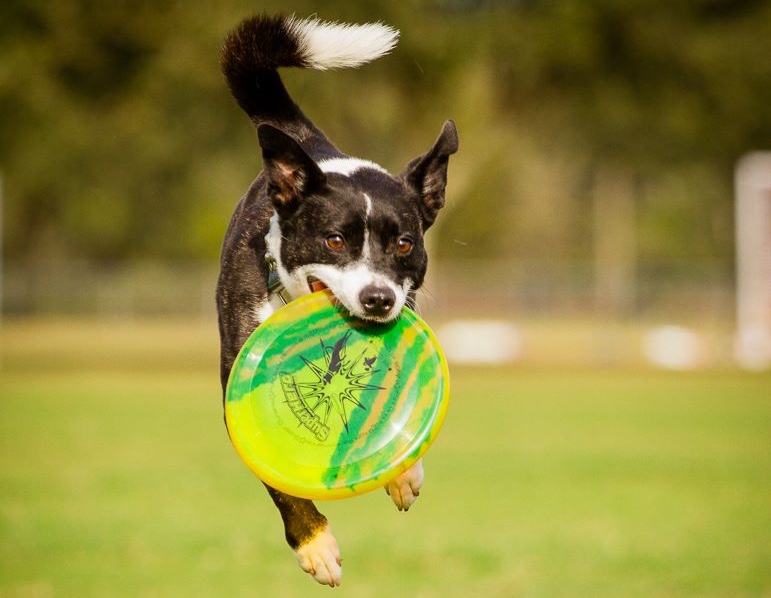


 Unlock with Patreon
Unlock with PatreonSneak Peek for Patron’s only… Public access Dec 27th | Functions of canine leaping and how leaping catches function by Ron Watson
There is a lot more to a vault than the definition. There is a reason you can’t just watch a YouTube video and get an understanding of the vaulting process. Just because you can do something doesn’t mean you know how to do it, or how it is done; performance is not understanding. This is very evident when it comes to vaulting.
Shapes are created by the position and movement of dog, handler, and disc. And shapes can be created by the dog, the handler, and the placement of the disc. Shapes are a fact of disc dog freestyle.
When the dog leaves the handler for a catch, that tends to create a line. When the dog is away from the handler and moves across the field to make a catch, as in a Zig Zag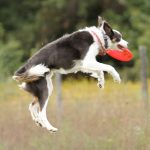 A Zig Zag is a series of catches in smooth succession that forces the dog to move back and forth across the field. Usually performed at a distance of 8-20 yards, the Zig... More or Around the World
A Zig Zag is a series of catches in smooth succession that forces the dog to move back and forth across the field. Usually performed at a distance of 8-20 yards, the Zig... More or Around the World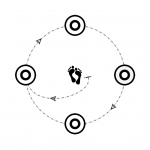 An Around the World is a disc dog flatwork pattern consisting of 4 catches in a circular pattern around the handler. This pattern is typically larger than 5 yards and often features creative... More, that tends to create a Shape.
An Around the World is a disc dog flatwork pattern consisting of 4 catches in a circular pattern around the handler. This pattern is typically larger than 5 yards and often features creative... More, that tends to create a Shape.
Shaping a Leaping Catch can, and should be a full time job. Always throw with the intent to deliver the leaping catch unless working something specific that requires a specific approach, speed or distance that is incompatible with a leaping catch. Out throws are glory, not afterthoughts.
Within a game of disc dog freestyle there are many opportunities to reinforce and shape the leaping catch and to turn the speed regulation required for the leaping catch into a habit that is ever present in your freestyle game.
Reading the disc is a skill that astute dogs and humans pick up rather quickly. The float, the spin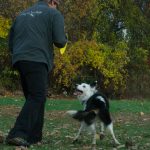 Spins and Twists are tricks where the dog spins 360 degrees in a clockwise or counter clockwise fashion. Spin is clockwise and Twist is counter clockwise so it is important to have a... More, and the speed can reliably be gauged and predicted after several reps. Of course this changes with wind, disc choice, and throwing ability but, generally speaking, the flight path of a disc is easily predicted.
Spins and Twists are tricks where the dog spins 360 degrees in a clockwise or counter clockwise fashion. Spin is clockwise and Twist is counter clockwise so it is important to have a... More, and the speed can reliably be gauged and predicted after several reps. Of course this changes with wind, disc choice, and throwing ability but, generally speaking, the flight path of a disc is easily predicted.
Cue Before Do is standard operating procedure for teaching a cued Drop with discs. Cue Before Do means that you ask for and get the Drop behavior before giving the cookie which is “Do” – throw, next move, bite, etc. Because disc dog freestyle is really nothing more than a series of long behavior chains, many of which are dependent upon having the disc out of the dog’s mouth to complete, this makes complete sense and is logically sound.
There was a problem reporting this post.
Please confirm you want to block this member.
You will no longer be able to:
Please note: This action will also remove this member from your connections and send a report to the site admin. Please allow a few minutes for this process to complete.
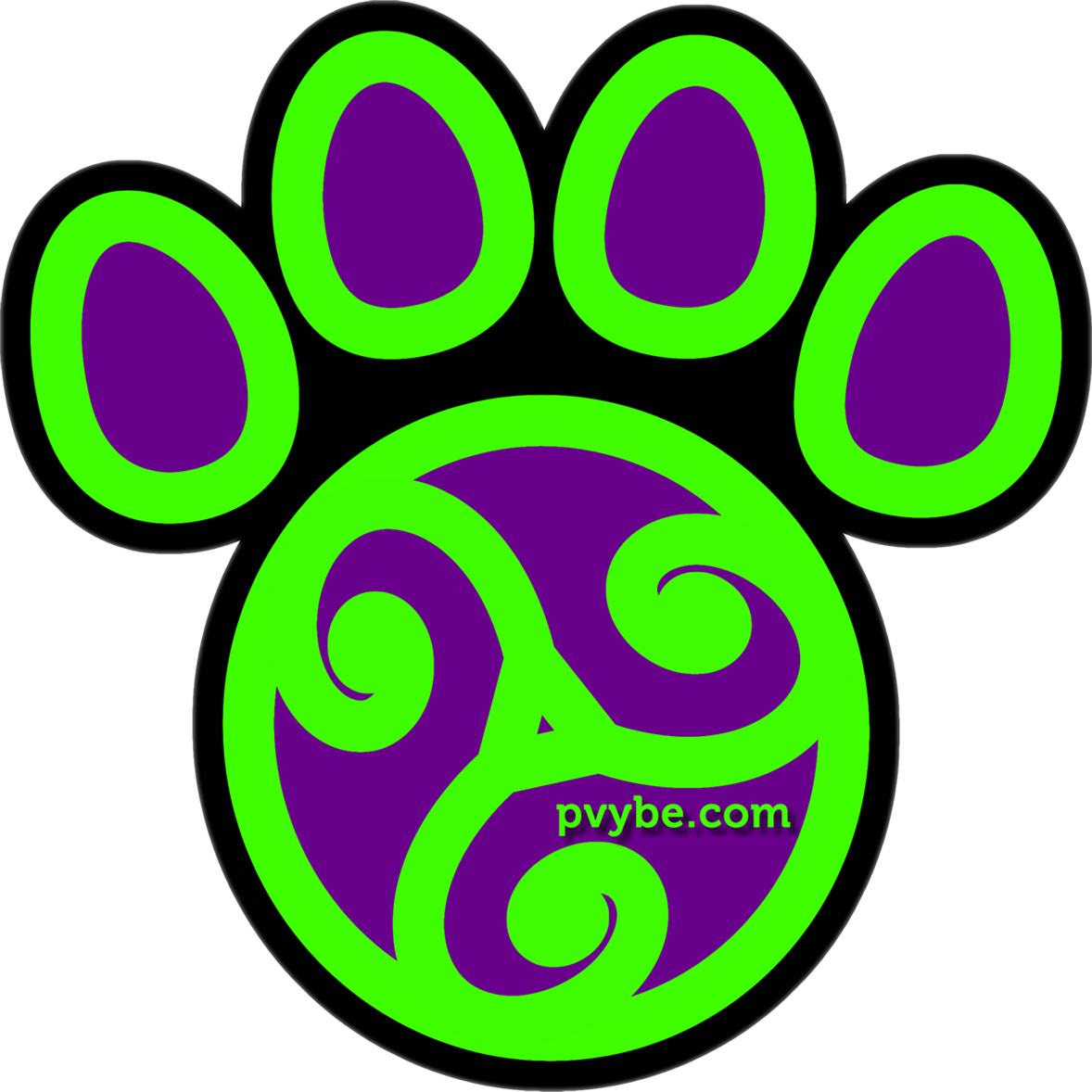

Responses